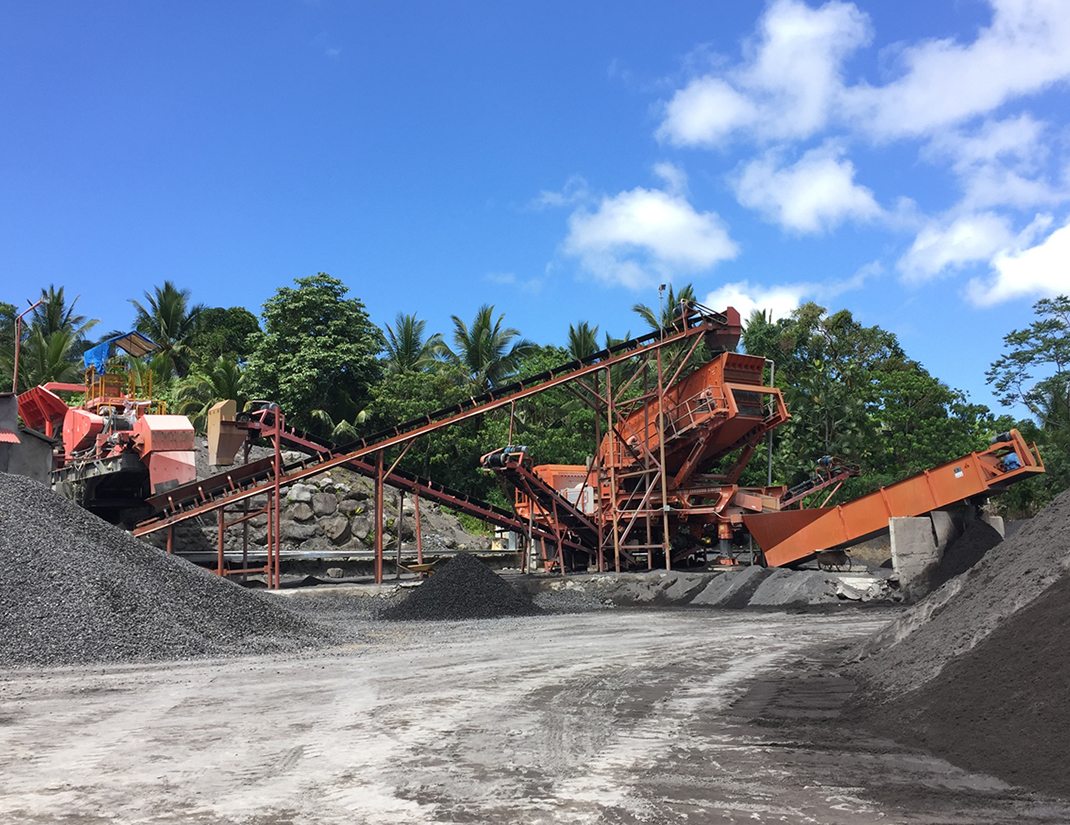parts of a hydrocyclone
2022-06-29T06:06:36+00:00
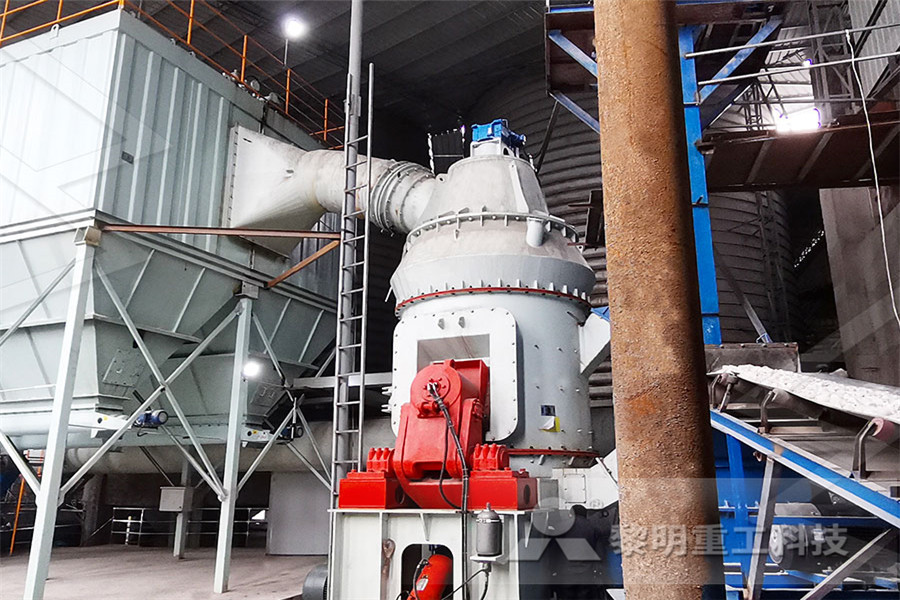
parts of a hydrocyclone for water ME Mining Machinery
parts of a hydrocyclone for water Pressure at the inlet of the Hydrocyclone can tell you a lot Pressure at the inlet of the Hydrocyclone There are other ways to change the separation point besides changing the pressure Since A Hydrocyclone has no moving parts It may be obvious to state that a Hydrocyclone has no A Hydrocyclone can be A hydrocyclone consists of a cylindricalconical vessel with the inlet flow introduced tangentially at the top (Figure 8 ) The tangential inlet produces a helical flow of material in which centrifugal action and fluid shear force the denser material to the outside surface while the less dense material migrates to the center of the vortexHydrocyclones an overview ScienceDirect TopicsCyclone components of the cyclone assembly that can be manufactured in alumina ceramics include: • Cylindrical and reducing liners • Inlets • Outlets • Spigots • Inserts • Upper, mid and lower cone sections • Vortex finders • Tiles (ideally curved) for lining the interior wallHydrocyclones an overview ScienceDirect Topics

HYDROCYCLONES
The conventional hydrocyclone consists of a cylindrical chamber connected to a conical body,which leads to the bottom outlet at the apex of the cone This discharges the "underflow" The reverse flow is located by a pipe which Cyclones have four main sections: feed chamber, cone (body), underflow (spigot liner or apex), and overflow (vortex finder) The feed chamber is designed to guide the slurry into a spiral, creating a vortex The cone (body), which can be one piece, or multiple pieces, allows the material to continue spiraling, generating a centripetal forceBasics of a Hydrocyclone Jasper EngineeringHydrocyclones have no moving parts; instead they are shaped like a cone to produce a vortex when slurry is fed into the cyclone In generating sufficient centrifugal force, this vortex allows coarser and finer particles to separateHydrocyclone Multotec
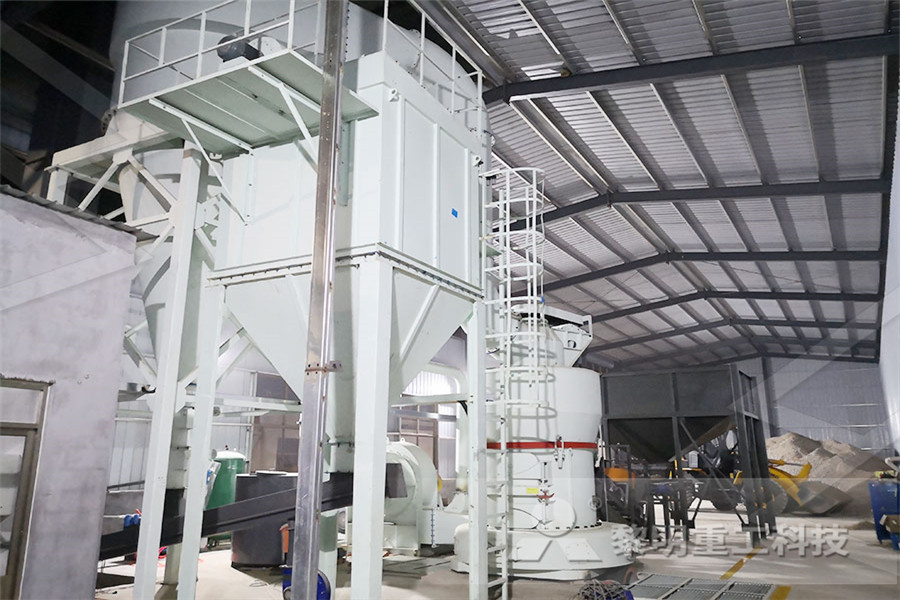
Hydrocyclone Hydrocyclone Separator Working
Hydrocyclone Parts: Vortex finder, tangential feed inlet, cylindrical body, primary vortex, secondary vortex, conical body, spigot Processible Material: gold,chrome,tin,coltan,diamond ,tantalite ,silica sand Hydrocyclone Working Principle Under the action of pressure, the ore slurry enters the shell along the tangent direction of the pillar body typical hydrocyclone consists of a cylindrical section, a conical section, an underflow cylinder section and a sand collection basket The separation is based on (PDF) Design, Fabrication and Testing Of Hydrocyclone HYDROCYCLONES The hydrocyclone is a simple piece of equipment that uses fluid pressure to generate centrifugal force and a flow pattern which can separate particles or droplets from a liquid medium These particles or droplets must HYDROCYCLONES
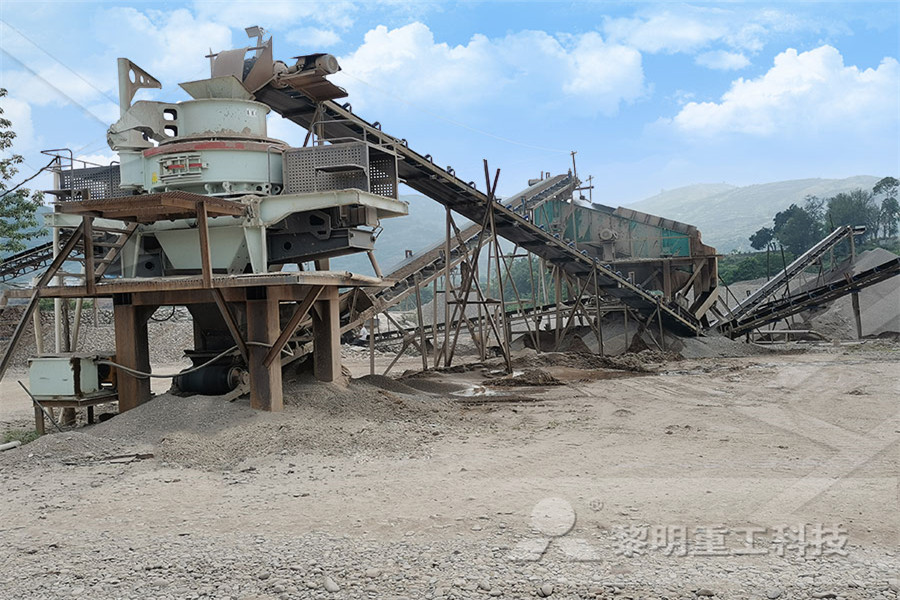
parts of a hydrocyclone for water ME Mining Machinery
parts of a hydrocyclone for water Pressure at the inlet of the Hydrocyclone can tell you a lot Pressure at the inlet of the Hydrocyclone There are other ways to change the separation point besides changing the pressure Since A Hydrocyclone has no moving parts It may be obvious to state that a Hydrocyclone has no A Hydrocyclone can be Download scientific diagram Schematic hydrocyclone showing the main parts and streams from publication: Optimising small hydrocyclone design using 3D printing and CFD simulations The use of Schematic hydrocyclone showing the main parts Commercial type of a hydrocyclone and its interior parts (1) Involuted entrance, (2) Vortex finder, (3) Inlet head casting, (4) Cylindrical section, (5) Mounting flanges, (6) Cone casting, (7 Commercial type of a hydrocyclone and its

Steady‐state distribution of air‐core in a hydrocyclone
Through computational analysis for developed flow in a hydrocyclone, the shape, diameter, and steadystate distribution of the aircore were analyzed and presented The steadystate distribution of the aircore could be divided into three distinctive parts Hydrocyclone Feed Header Problems Never make a horizontal bend into an inline hydrocyclone manifold Centrifugal force will force solids to the outside of the bend, which can overload some cones and cause solids to Desanders, Desilters And Hydrocyclones The MHC™ Series hydrocyclone's industry leading flow rate creates an optimal flow even with given pressure drops Wear resistant liners are also incorporated for an increased uptime and extended the lifecycle of the parts overall With the single component conical section, MHC™ hydrocyclone provides an ease of maintenance reducing downtimeMHC™ Series hydrocyclones Outotec
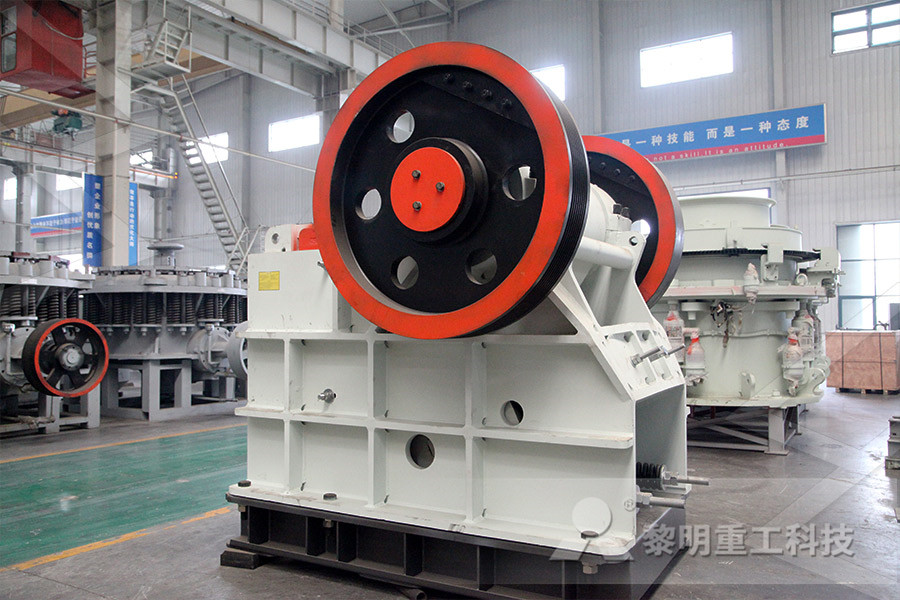
Hydrocyclone Design Sizing Parameters
Here is a hydrocyclone sizing calculator with immediate access to all design equations needed for your hydrocyclone design calculation in an online XLS spreadsheet format Based on first principles of hydrocyclone theory and Abstract— Hydrocyclone is a simple mechanical device, with no moving parts, where solid particles are separated from liquid with very little head loss As its name describes, it uses a cyclone or tangential injection flow process enhancing the centrifugal forces and moving solids outwards The dispersed particles, move downwards in aDESIGN, FABRICATION AND TESTING OF classification, thickening and preconcentration Versatile in application, the hydrocyclone is the standard classifier used in closed circuit milling in mineral processing plants A hydrocyclone is composed by a cylindrical and a conical section joint together, without any moving parts and it is capable of perform granular material separation inA MODIFICATION IN PLITT´S FOR HYDROCYCLONES
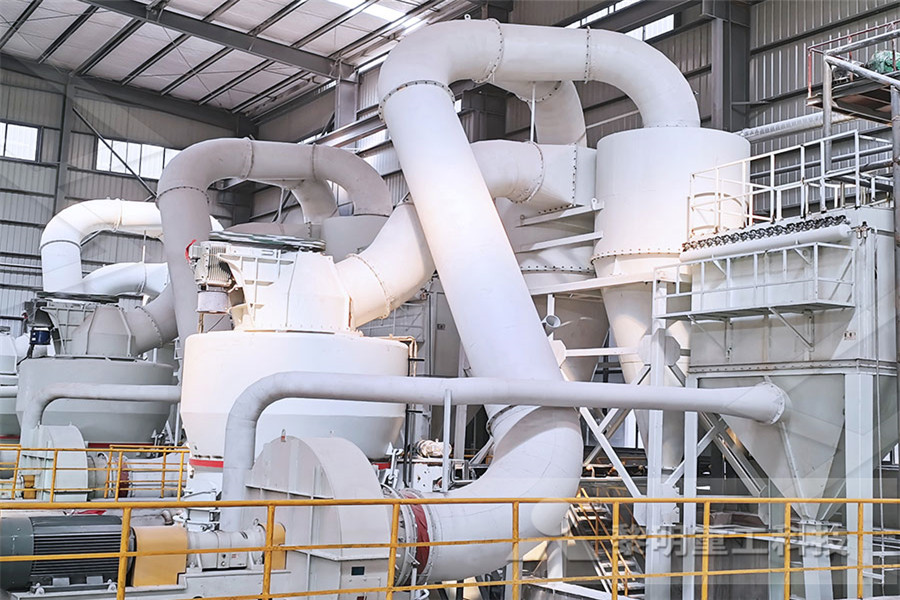
Parts Of A Hydrocyclone For Water filtrowa68pl
a hydrocyclone separator is a piece of equipment used to classify particles according to their size and density hydrocyclones have no moving parts; instead they are shaped like a cone to produce a vortex when slurry is fed into the cyclone in generating sufficient centrifugal force, this vortex allows coarser and finer particles to separateHydrocyclone A hydrocyclone (often referred to by the shortened form cyclone) is a device to classify, separate or sort particles in a liquid suspension based on the ratio of their centripetal force to fluid resistance This ratio is high for dense (where separation by density is required) and coarse (where separation by size is required Hydrocyclone Petrosadid Advantages and Disadvantages of Hydrocyclone Compared with other classifying machine, the biggest advantage of hydrocyclone is there is no moving parts So, it has simple structure and it is easy to use and maint Meanwhile, it has large unite volume and large capacity It also can work in many working conditions and only cover smaller areaHydrocyclone Structure,Advantages and Disadvantages
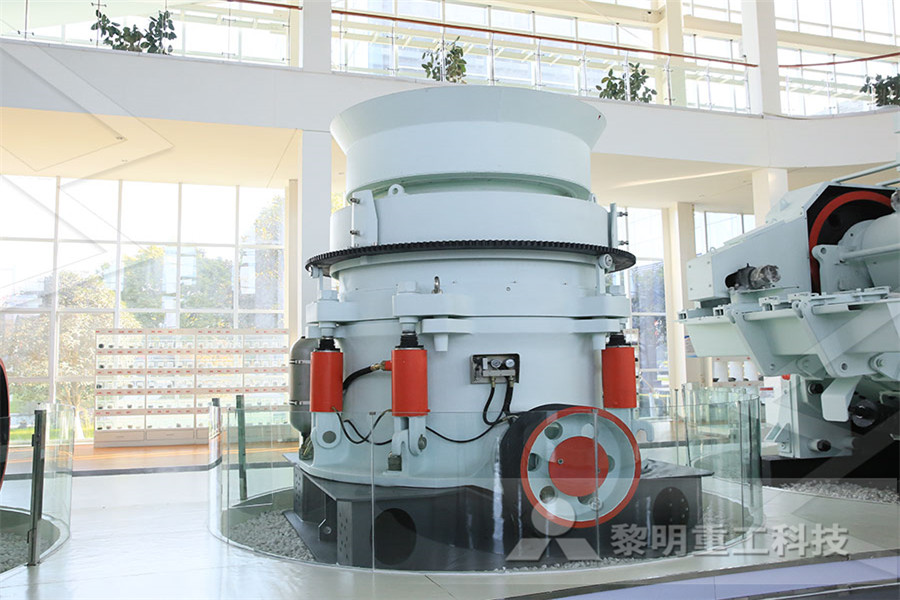
The Structural Parts and Advantages of The Hydro Cyclone
The Structural Parts and Advantages of The Hydro Cyclone Separator Date: From: Longding Author: admin The hydro cyclone separator is a kind of separation and classification equipment for mixed slurry, and its working principle is centrifugal sedimentation The mixed slurry to be separated enters the cyclone under the pressure of the pump to form a The hydrocyclone is a continuously operating classification device with no moving parts It utilizes fluid pressure to cause rotational forces that accelerate the settling of particles according to their size, shape and density Hydrocyclone (Desander, Desilter) and Cut Size Mexico: +52 (55) 53219800, Fax: (55)53103358 Open the catalog to page 1 Other Separation Equipment Packed Vessel Specifications Manifold Specifications ' Capacities may vary dependent upon the application Inlet Feed A hydrocyclone has no moving parts and achieves solid/liquid separation by virtue of a pressure drop across the unitHydrocyclones SWECO PDF Catalogs Technical
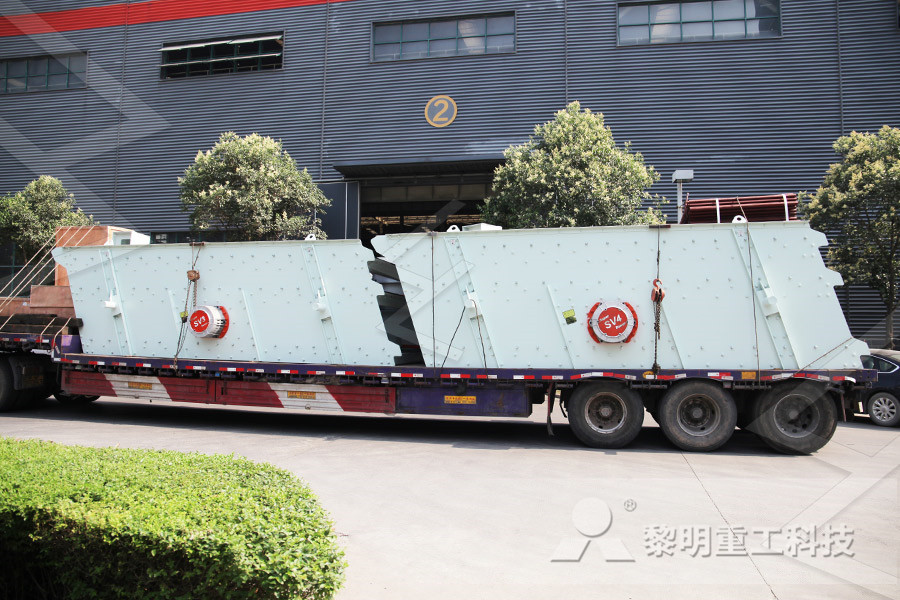
Hydrocyclone Separator Multotec
The hydrocyclone separator is simplistic in design that uses pressure created by a centrifugal pump or hydrostatic head to generate centrifugal force and flow patterns within the hydrocyclone It does not have any moving parts, but consists of an inlet section, vortex finder, cylindrical section, a conical section, an underflow spigot section The MHC™ Series hydrocyclone's industry leading flow rate creates an optimal flow even with given pressure drops Wear resistant liners are also incorporated for an increased uptime and extended the lifecycle of the parts overall With the single component conical section, MHC™ hydrocyclone provides an ease of maintenance reducing downtimeMHC™ Series hydrocyclones Outotec classification, thickening and preconcentration Versatile in application, the hydrocyclone is the standard classifier used in closed circuit milling in mineral processing plants A hydrocyclone is composed by a cylindrical and a conical section joint together, without any moving parts and it is capable of perform granular material separation inA MODIFICATION IN PLITT´S FOR HYDROCYCLONES
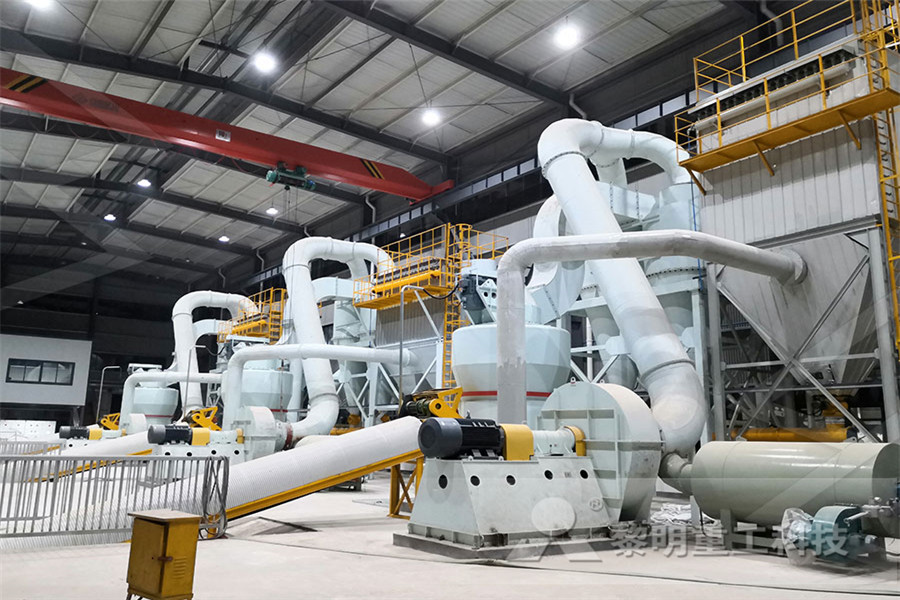
TECHNICAL NOTES 3 Hydraulic Classifiers
velocity of a solid particle in a centrifugal field The conditions in an operating hydrocyclone can be described by reference to Figures 31 and 32 The feed enters tangentially into the cylindrical section of the hydrocyclone and follows a circulating path with a net inward flow of fluid from the outside to the vortex finder on the axis
- crushing and screening process sale price in indonesia
- mezcla de arena n agua
- molino de rodillos de datos operativo meacutexi trituradoras de piedra verticales
- does rock crusher supreme prime r
- gran flotacion celular para la venta r
- stone crusher sample balance
- rock crushers st tons per hour r
- search jaw crusher prise r
- fabricante de trituradoras m c3 b3viles
- V S A Mining Equipment Germiston
- Mobile Granite Stone Crusher Machine
- rock quarry business in abuja niger nigeria
- iron ore beneficiation plant for sale sfo r
- mining crushing plant in ongole r
- Afghanistan Gypsum Powder Dryer r
- manual aluminum can crusher
- List Of Marble And Quartzite Mohs Scale Hardness
- mining gold mining equipment johannesburg r
- what is the capacity of raw mill
- Dry Magnetic Separator For Iron Concentration Or Removal r
- size distribution of grinding media balls in a mill
- advantages and disadvantages of the types of crushers used in mining r
- china products mobile portable crushing plant
- about mobile crushing plant for sale
- ball grinding machine china in kosovo
- que es molino de bolas mineria
- molino de bolas para la crema
- moore jig grinding machine specifications r
- Copper Ore Processing Technology For Small Scale r
- la cantera chancadora de impacto principal Oct r

